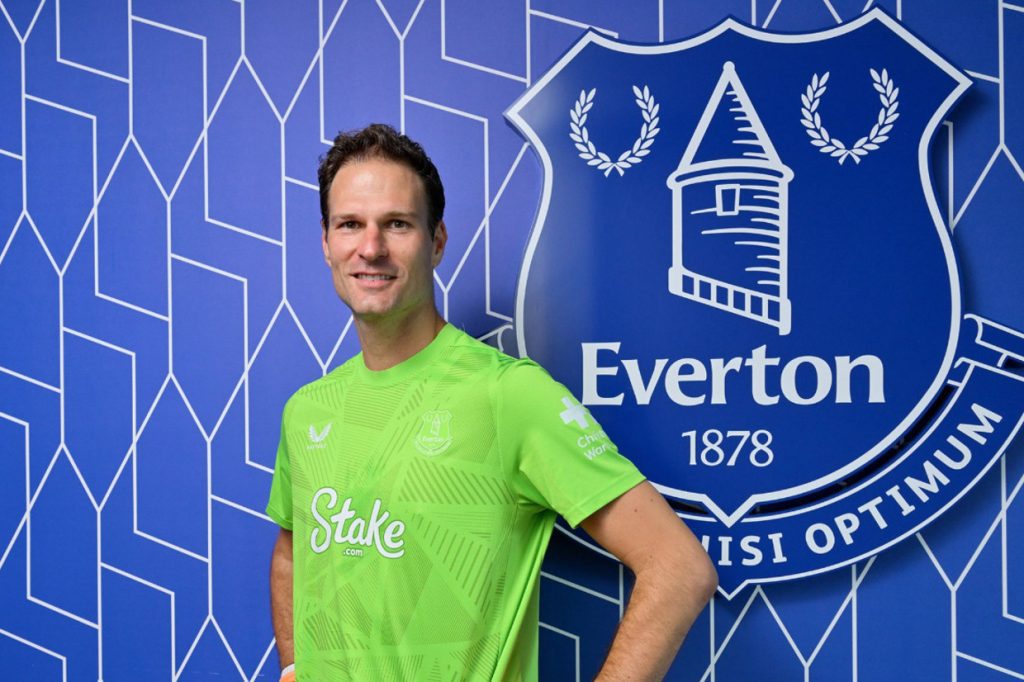.
Writing codes is an essential activity in the daily life of those who work with software development. However, often the developed code can be difficult to understand and maintain. A lack of clarity, organization and efficiency in code can cause a number of problems, from project delivery delays to software security and stability issues.
In this sense, the concept of Clean Code emerges as a fundamental approach to improve code quality, making it more readable, simpler, and easier to maintain and evolve. This article will present the concept of Clean Code, its fundamental principles and how to apply them in practice.
In addition, useful tips will be provided so that you can implement Clean Code in your software development projects and reap the benefits of clean, tidy code.
What is Clean Code?
The term Clean Code was coined by Robert C. Martin, author of the book “Clean Code: A Handbook of Agile Software Craftsmanship”. According to him, a clean code is one that is easy to understand and modify. It must be readable, simple and maintainable, which facilitates the developer’s work and makes the software more scalable.
In addition, Clean Code also seeks to ensure that the software is robust and secure, offering higher quality and safety for the end user. In other words, Clean Code’s goal is to make code more efficient, elegant, and maintainable.
What are the principles of Clean Code?
For a code to be considered clean, it must follow some fundamental principles. Below we list some of the most important ones.
Efficiency
One clean code must be efficient, that is, it must be written in such a way that the software performs its functions quickly and without failures. For this, it is necessary to avoid code duplication, refactor the code whenever necessary and use more efficient algorithms.
Elegance
An elegant code is one that is easy to read and understand. It should be simple, cohesive and have a clear and organized structure. For this, it is important to use indentation, separate parts of the code into logical blocks and define a convention for naming variables and methods.
Definition of good names
Defining good names for variables, methods, and classes is critical to code readability and understanding. Clear and concise names help to avoid confusion and errors, facilitating software maintenance.
In order to come up with good names, it’s important to follow an established convention and choose names that reflect the function or purpose of each code element.
Scouting
The Scouting principle states that the programmer should always leave the code better than you found it. This means that he must always look for ways to optimize the code, avoid code duplication and eliminate what is unnecessary.
DRY (Don’t Repeat Yourself)
DRY is a principle that states that the developer should avoid code duplication. In other words, he should try to create functions or classes that can be used in different parts of the softwareinstead of repeating the same piece of code over and over again.
Separation of configuration data and source code
It is important to separate configuration data and source code to make the software easier to maintain. Configuration data, such as parameters and variables, must be stored in separate files, making it easy to modify this data without affecting the source code. This makes software maintenance simpler and more efficient.
clean tests
Finally, another important principle of Clean Code is to perform clean tests. This means that tests must be written fclear and organized, using descriptive names for the functions and following a naming convention. Clean testing makes software maintenance and evolution easier and more efficient.
How to use Clean Code in practice?
Now that you are familiar with the Clean Code principles, it is important to learn how to apply them in practice. For that, here are some tips for you to implement Clean Code in your projects:
- keep your methods short and cohesive — by breaking your methods into logical blocks and keeping them short, you make your code more readable and maintainable;
- use proper indentation — this is critical to code readability, so be sure to use proper spacing and indentation to highlight the logical structure of your code;
- choose descriptive names for your variables and methods — try to choose names that reflect the function or purpose of each code element;
- eliminate unnecessary codes — codes that are no longer used can impair the efficiency of the software, keep the source code lean;
- create only relevant comments — avoid unnecessary comments and update them as the code evolves;
- take regular tests — use automation tools to facilitate the execution of tests and ensure that all software functionalities are working correctly;
- refactor the code regularly — refactoring is an ongoing process that helps improve the quality of source code, making it easier to understand and maintain;
- avoid excessive use of abbreviations — excessive use of abbreviations can make the code confusing and difficult to maintain;
- use the concept of SOLID — its principles help to write code that is more modular, flexible and easy to understand and maintain;
- keep consistency of the code — it is important to maintain standardization in the source code, preventing different developers from writing differently.
In conclusion, in this post, we saw that the use of Clean Code principles can make all the difference in the quality of the software developed. By following these principles, you make your code more efficient, elegant, and maintainable, ensuring better software performance and a more satisfying end-user experience.
In addition, applying the Clean Code in practice requires discipline and dedication, but it is an investment that can bring great benefits in the long term. Therefore, be sure to use these tips in your projects and become a more capable and professional software developer.
Did you like the tips on how to use Clean Code in practice? Do you have any experiences or tips you want to share with us? Leave your comment below and join the conversation!
.








